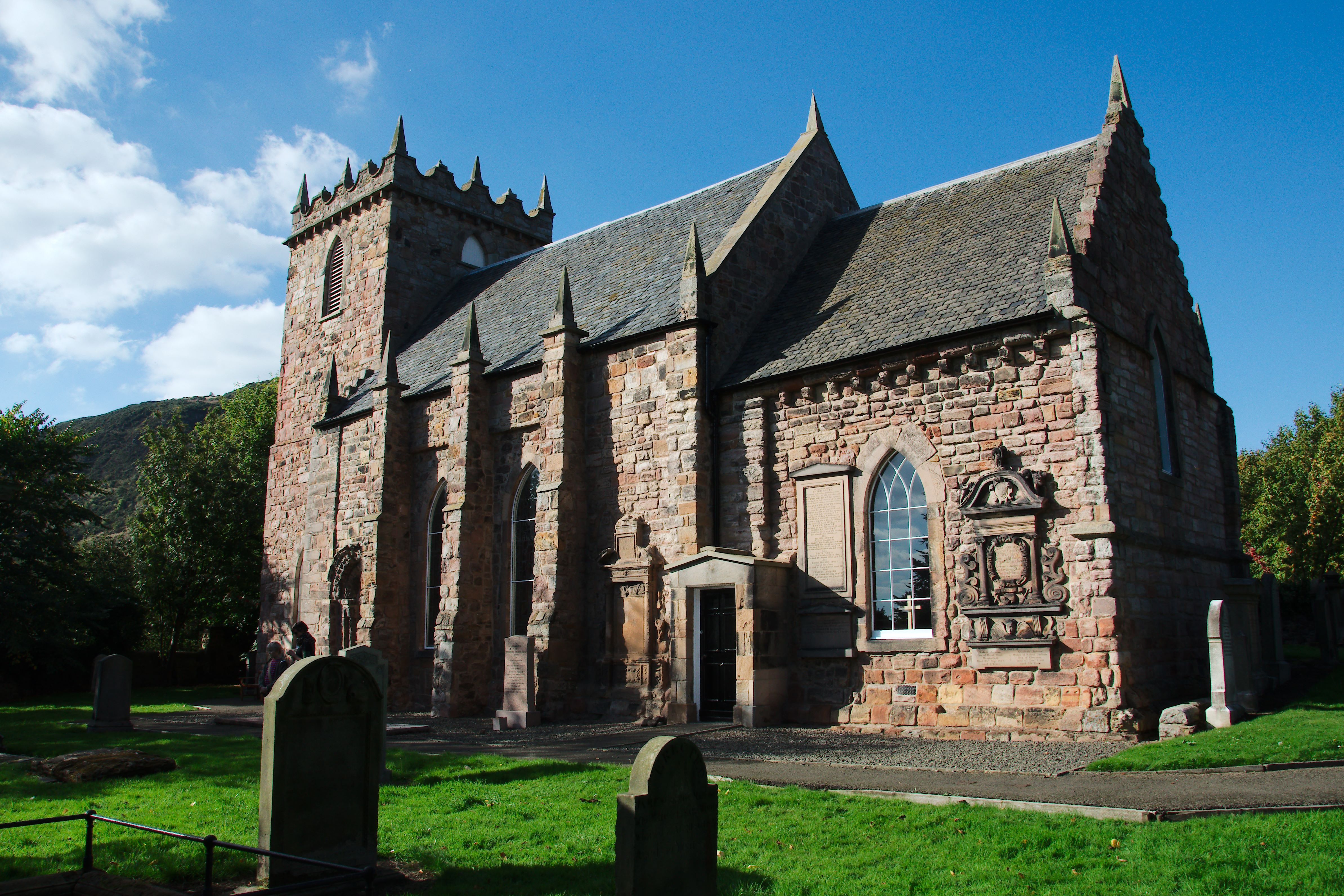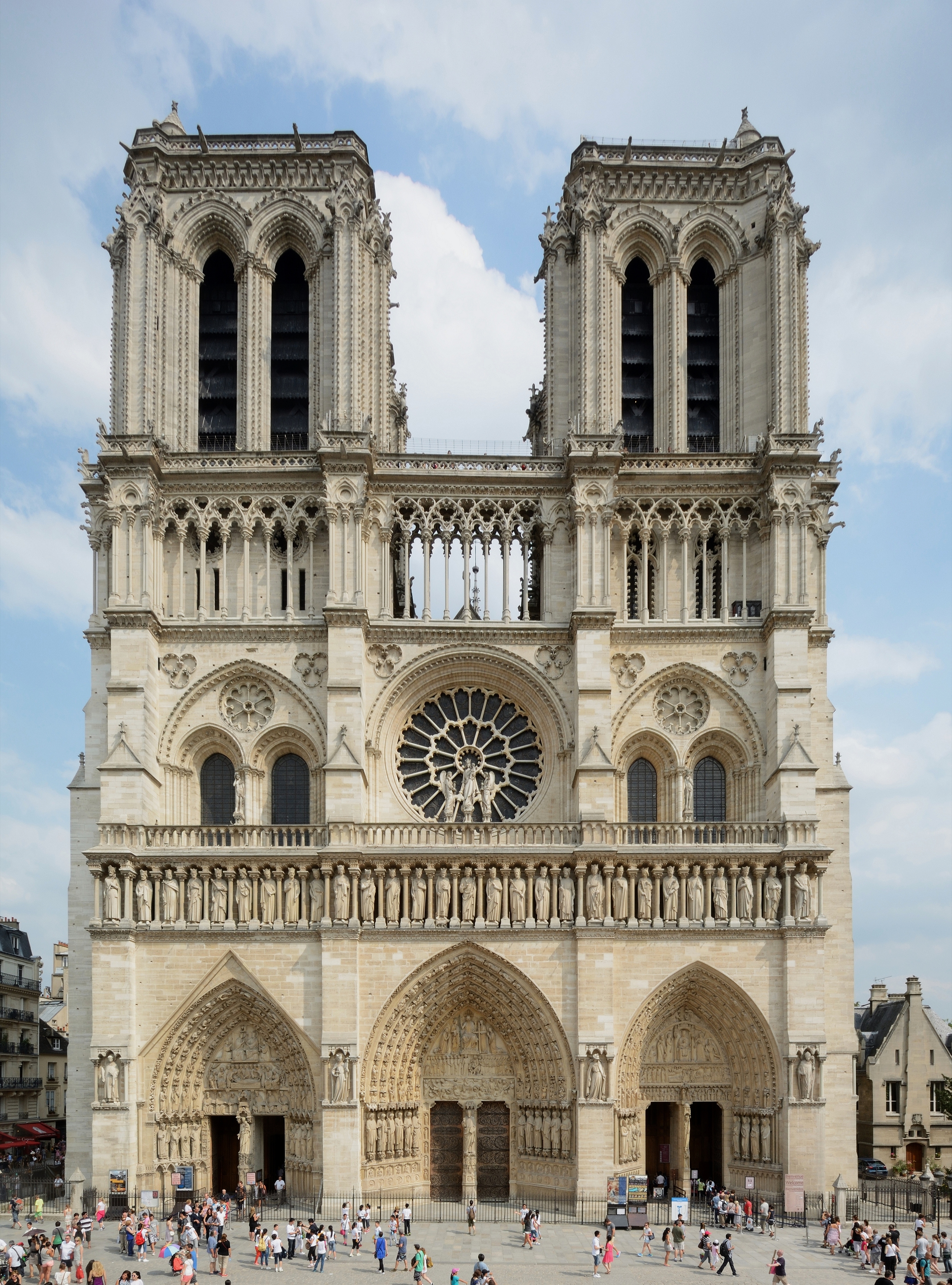Robert Monteith Of Salmonet on:
[Wikipedia]
[Google]
[Amazon]

 Robert Monteith of Salmonet (1603–1660) was a colourful character who abandoned his role as a Presbyterian minister in the Church of Scotland to join the
Robert Monteith of Salmonet (1603–1660) was a colourful character who abandoned his role as a Presbyterian minister in the Church of Scotland to join the

 Robert Monteith of Salmonet (1603–1660) was a colourful character who abandoned his role as a Presbyterian minister in the Church of Scotland to join the
Robert Monteith of Salmonet (1603–1660) was a colourful character who abandoned his role as a Presbyterian minister in the Church of Scotland to join the Roman Catholic Church
The Catholic Church, also known as the Roman Catholic Church, is the largest Christian church, with 1.3 billion baptized Catholics worldwide . It is among the world's oldest and largest international institutions, and has played a ...
where he rose to be a Canon in Notre Dame de Paris
Notre-Dame de Paris (; meaning "Our Lady of Paris"), referred to simply as Notre-Dame, is a medieval Catholic cathedral on the Île de la Cité (an island in the Seine River), in the 4th arrondissement of Paris. The cathedral, dedicated to the ...
, France.
He claimed descent from the Menteiths or Monteiths of Stirlingshire
Stirlingshire or the County of Stirling, gd, Siorrachd Sruighlea) is a Counties of Scotland, historic county and registration countyRegisters of Scotland. Publications, leaflets, Land Register Counties. of Scotland. Its county town is Stirli ...
where his family had held a property at the small hamlet of Salmonet. However this was not an official aristocratic title nor were the family lairds of the land. This story was further corrupted by historians saying that his father was a salmon
Salmon () is the common name for several list of commercially important fish species, commercially important species of euryhaline ray-finned fish from the family (biology), family Salmonidae, which are native to tributary, tributaries of the ...
fisher (using nets) west of Alloa
Alloa (Received Pronunciation ; educated Scottish pronunciation /ˈaloʊa/; gd, Alamhagh, possibly meaning "rock plain") is a town in Clackmannanshire in the Central Lowlands of Scotland. It is on the north bank of the Forth at the spot where ...
.
Life
He was born in January 1603 and baptised on 25 January 1603. He was the third and youngest son of Alexander Monteith, an Edinburgh merchant, and his wife, Rachel Sandilands. He attended the High School in Edinburgh then studied atEdinburgh University
The University of Edinburgh ( sco, University o Edinburgh, gd, Oilthigh Dhùn Èideann; abbreviated as ''Edin.'' in post-nominals) is a public research university based in Edinburgh, Scotland. Granted a royal charter by King James VI in 1582 ...
from 1617, gaining an MA in 1621.''Fasti Ecclesiae Scoticanae''; by Hew Scott
He obtained a post as Professor of Philosophy
Philosophy (from , ) is the systematized study of general and fundamental questions, such as those about existence, reason, knowledge, values, mind, and language. Such questions are often posed as problems to be studied or resolved. Some ...
at the University of Saumur in western France where he worked for four years. This was a Protestant university within a Catholic country.
In 1629 he was nominated by two Edinburgh professors for the role of Professor of Divinity at Edinburgh University
The University of Edinburgh ( sco, University o Edinburgh, gd, Oilthigh Dhùn Èideann; abbreviated as ''Edin.'' in post-nominals) is a public research university based in Edinburgh, Scotland. Granted a royal charter by King James VI in 1582 ...
but this was opposed by ministers and the regent of the university.
Returning to Scotland he was presented by King Charles I Charles I may refer to:
Kings and emperors
* Charlemagne (742–814), numbered Charles I in the lists of Holy Roman Emperors and French kings
* Charles I of Anjou (1226–1285), also king of Albania, Jerusalem, Naples and Sicily
* Charles I of ...
to the Archbishop
In Christian denominations, an archbishop is a bishop of higher rank or office. In most cases, such as the Catholic Church, there are many archbishops who either have jurisdiction over an ecclesiastical province in addition to their own archdi ...
John Spottiswoode
John Spottiswoode (Spottiswood, Spotiswood, Spotiswoode or Spotswood) (1565 – 26 November 1639) was an Archbishop of St Andrews, Primate of All Scotland, Lord Chancellor, and historian of Scotland.
Life
He was born in 1565 at Greenbank in ...
of St Andrews where he was given a post of minister of Duddingston Kirk on the southern edge of Edinburgh in December 1630. However, in a very ungodly act, he was found to be conducting an "illicit amour" with Dame Anna Hepburn, wife of Sir James Hamilton of Priestfield. This couple were almost certainly members of his congregation, Priestfield (Prestonfield Prestonfield may refer to the one of following:
*Prestonfield, Edinburgh, an area of the city of Edinburgh, Scotland
*Prestonfield, Linlithgow
Prestonfield is a football stadium in the royal burgh of Linlithgow, West Lothian, Scotland. It is t ...
) House lying a mile west of the church. This clearly was scandalous behaviour in a small village such as Duddingston. Monteith fled the country (to France) and in October 1633 was formally denounced (somewhat inaccurately) as a "rebel". He remained in France and converted to the Roman Catholic faith.
He spent time in the company of Cardinal Richelieu
Armand Jean du Plessis, Duke of Richelieu (; 9 September 1585 – 4 December 1642), known as Cardinal Richelieu, was a French clergyman and statesman. He was also known as ''l'Éminence rouge'', or "the Red Eminence", a term derived from the ...
and was appointed personal secretary to M. de la Port, then to Cardinal De Retz (son of Henri de Gondi, duc de Retz). De Retz who was a Cardinal at Notre Dame placed Monteith as a Canon in Notre Dame, a truly privileged position for any man, and highly unusual as a non-French citizen. This reflects both his fluency in French and the respect with which he was held in the French church.
In France he had many powerful and influential friends, both in the church and in the French court. In the latter in 1641 he befriended Michel de Marolles
Michel de Marolles (22 July 1600, Genillé - 6 March 1681, Paris), known as the abbé de Marolles, was a French churchman and translator, known for his collection of old master prints. He became a monk in 1610 and later was abbot of Villeloin ( ...
who was much impressed by his wit and intelligence. In 1652 when Cardinal de Retz
Cardinal or The Cardinal may refer to:
Animals
* Cardinal (bird) or Cardinalidae, a family of North and South American birds
**''Cardinalis'', genus of cardinal in the family Cardinalidae
**''Cardinalis cardinalis'', or northern cardinal, the ...
(Monteith's superior) was arrested in the Louvre
The Louvre ( ), or the Louvre Museum ( ), is the world's most-visited museum, and an historic landmark in Paris, France. It is the home of some of the best-known works of art, including the ''Mona Lisa'' and the ''Venus de Milo''. A central l ...
, Monteith was sheltered by Marolles at the Abbey of Baugerais near Touraine.
He died in France in September 1660.ODNB: Robert Monteith
Publications
*Humble Remonstrance made to Prince Charles II, King of Great Britain (1652) *History of the Troubles of Great Britain from 1633 to 1649 (1649 plus posthumous reprint in 1661) translated into English in 1735 by Captain James Ogilvie.Family
He married Marion Broun some time around 1630. It is unclear if she fled to France with him. She died in 1639. Little is known of his long-suffering wife, but he had two sons: Robert Monteith and William Monteith. His brother (not his son) was William Monteith of Carruber and Randeford, from whom the Stuart Menteiths of Closeburn are descended.References
{{DEFAULTSORT:Monteith, Robert 1603 births 1660 deaths Clergy from Edinburgh Alumni of the University of Edinburgh Adultery and religion Converts to Roman Catholicism from Presbyterianism 17th-century Ministers of the Church of Scotland